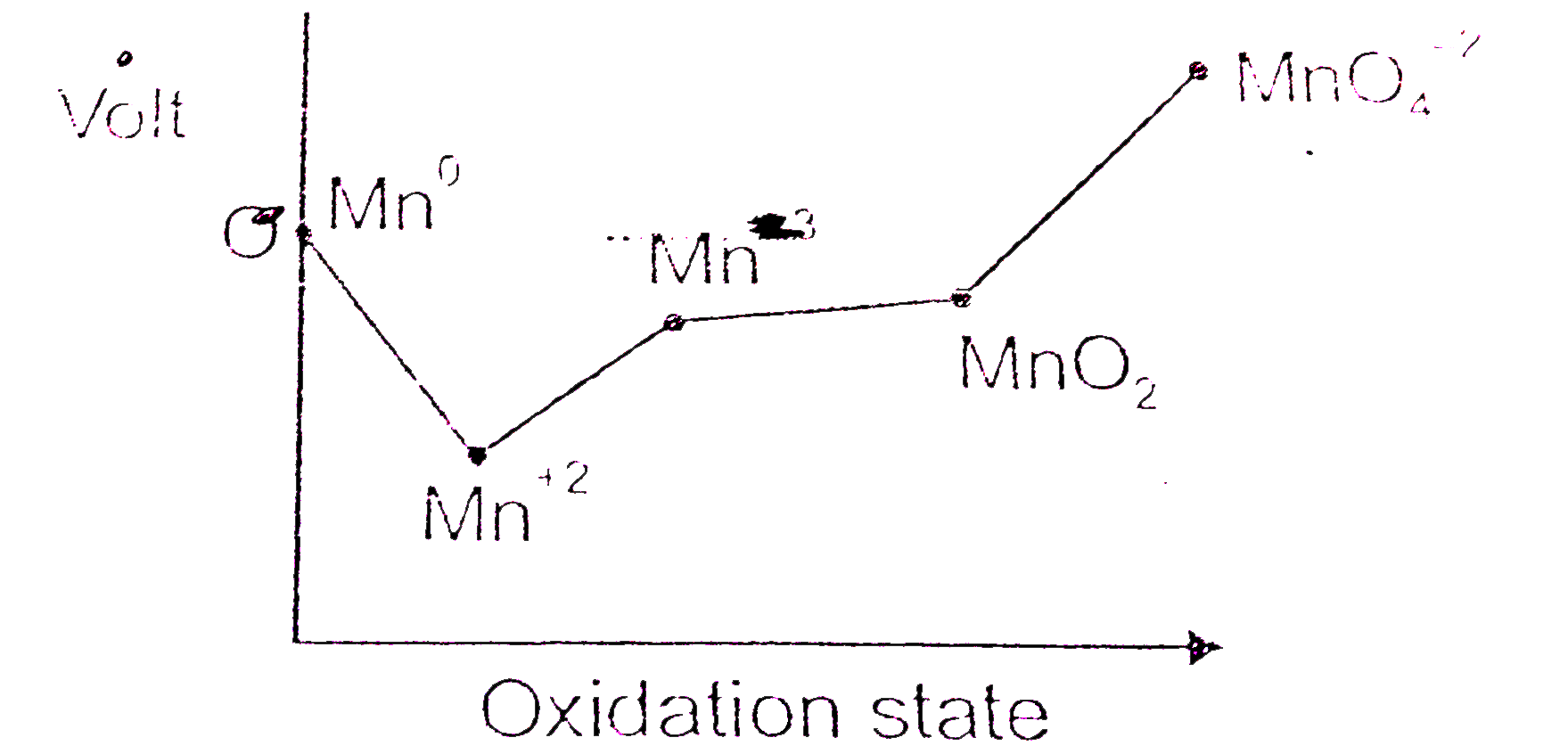Which element of group 13 forms the most stable +1 oxidation state.
The correct Answer is:Inert pair effect is most prominent in case of Tl and hence it forms the most stable +1 oxidation state.
To determine which element of group 13 forms the most stable +1 oxidation state, we can follow these steps:
Step 1: Identify the Elements of Group 13
Group 13 of the periodic table consists of the following elements:
- Boron (B)
- Aluminium (Al)
- Gallium (Ga)
- Indium (In)
- Thallium (Tl)
Step 2: Understand Oxidation States
Elements in group 13 can exhibit multiple oxidation states, primarily +3 and +1. The +3 oxidation state is common due to the loss of three valence electrons, while the +1 oxidation state results from the loss of only one valence electron.
Step 3: Consider the Inert Pair Effect
As we move down the group from Boron to Thallium, the inert pair effect becomes more pronounced. The inert pair effect refers to the tendency of the s-electrons (from the outermost shell) to remain non-bonding or "inert" due to increased nuclear charge and poor shielding by d and f electrons.
Step 4: Analyze the Stability of +1 Oxidation State
- Boron (B): Typically exhibits +3 oxidation state.
- Aluminium (Al): Can show +1 but is more stable in +3.
- Gallium (Ga): Similar to Al, prefers +3.
- Indium (In): Shows +1 but less stable than +3.
- Thallium (Tl): The +1 oxidation state becomes more stable due to the inert pair effect, as the s-electrons are less likely to participate in bonding.
Step 5: Conclusion
Among the group 13 elements, Thallium (Tl) forms the most stable +1 oxidation state due to the significant inert pair effect, which stabilizes the +1 state as we move down the group.
Final Answer
The element of group 13 that forms the most stable +1 oxidation state is Thallium (Tl).
---
Group 13 of the periodic table consists of the following elements:
- Boron (B)
- Aluminium (Al)
- Gallium (Ga)
- Indium (In)
- Thallium (Tl)
Elements in group 13 can exhibit multiple oxidation states, primarily +3 and +1. The +3 oxidation state is common due to the loss of three valence electrons, while the +1 oxidation state results from the loss of only one valence electron.
As we move down the group from Boron to Thallium, the inert pair effect becomes more pronounced. The inert pair effect refers to the tendency of the s-electrons (from the outermost shell) to remain non-bonding or "inert" due to increased nuclear charge and poor shielding by d and f electrons.
- Boron (B): Typically exhibits +3 oxidation state.
- Aluminium (Al): Can show +1 but is more stable in +3.
- Gallium (Ga): Similar to Al, prefers +3.
- Indium (In): Shows +1 but less stable than +3.
- Thallium (Tl): The +1 oxidation state becomes more stable due to the inert pair effect, as the s-electrons are less likely to participate in bonding.
Among the group 13 elements, Thallium (Tl) forms the most stable +1 oxidation state due to the significant inert pair effect, which stabilizes the +1 state as we move down the group.
The element of group 13 that forms the most stable +1 oxidation state is Thallium (Tl).
Topper's Solved these Questions
- P-BLOCK ELEMENT (BORON AND CARBON FAMILY)BOOK - RESONANCE ENGLISHCHAPTER - P-BLOCK ELEMENT (BORON AND CARBON FAMILY)EXERCISE - Bord level Exercise Type (2): Short Answer Type Questions
4 Videos
- P-BLOCK ELEMENT (BORON AND CARBON FAMILY)BOOK - RESONANCE ENGLISHCHAPTER - P-BLOCK ELEMENT (BORON AND CARBON FAMILY)EXERCISE - Bord level Exercise Type (3): Long Answer Type Questions
5 Videos
- P-BLOCK ELEMENT (BORON AND CARBON FAMILY)BOOK - RESONANCE ENGLISHCHAPTER - P-BLOCK ELEMENT (BORON AND CARBON FAMILY)EXERCISE - PROBLEM
15 Videos
- P BLOCK ELEMENTSBOOK - RESONANCE ENGLISHCHAPTER - P BLOCK ELEMENTSEXERCISE - PART -II
23 Videos
- P-BLOCK ELEMENTS (HALOGEN & NOBLE GASES)BOOK - RESONANCE ENGLISHCHAPTER - P-BLOCK ELEMENTS (HALOGEN & NOBLE GASES)EXERCISE - APSP PART-3
22 Videos
Similar Questions
Which has the most stable +2 oxidation state ?
View SolutionWhich element of group 13 forms acidic oxide ?
View SolutionAnswer the following :
(a) Name of element of group 13 which forms the most stable compound in +1 oxidation state. .
View SolutionWhich element of group 13 forms covalent compounds only
View SolutionIn this diagram , the most stable oxidation is

View SolutionWhich element of group 13 exhibits +1 oxidation state
View SolutionThe stable oxidation states of Mn are
View SolutionMost stable oxidation state of gold is:
View SolutionHow many of the following elements show +2 as their most stable oxidation state ?
Sc,Sn,Zn,Be,Pb,Co,Ag,Ti,Fe
View SolutionWhich element of group 13 has highest electronegativity
View Solution
